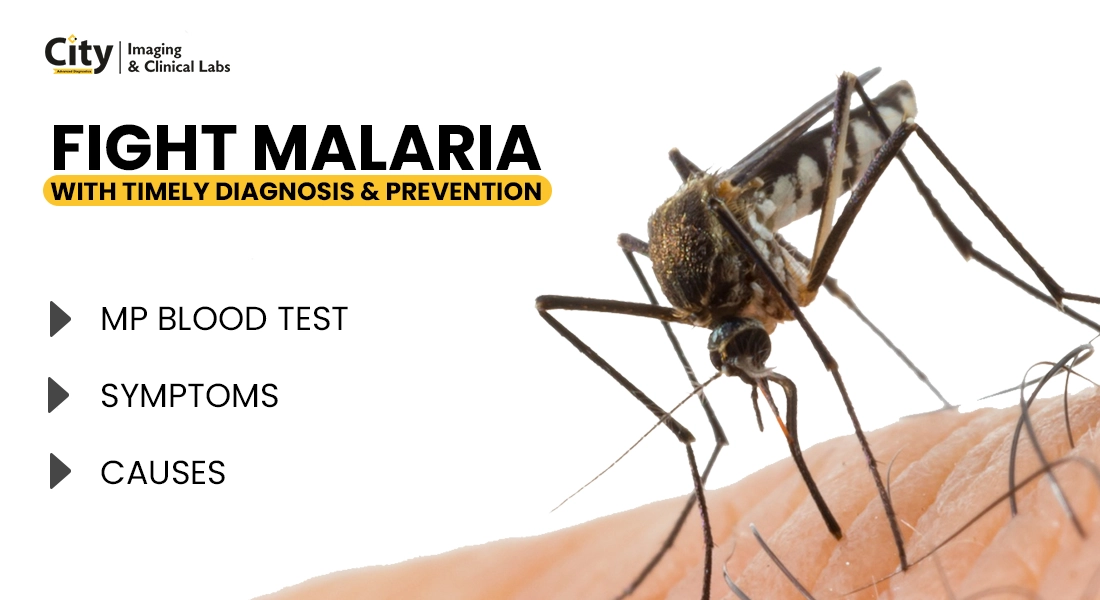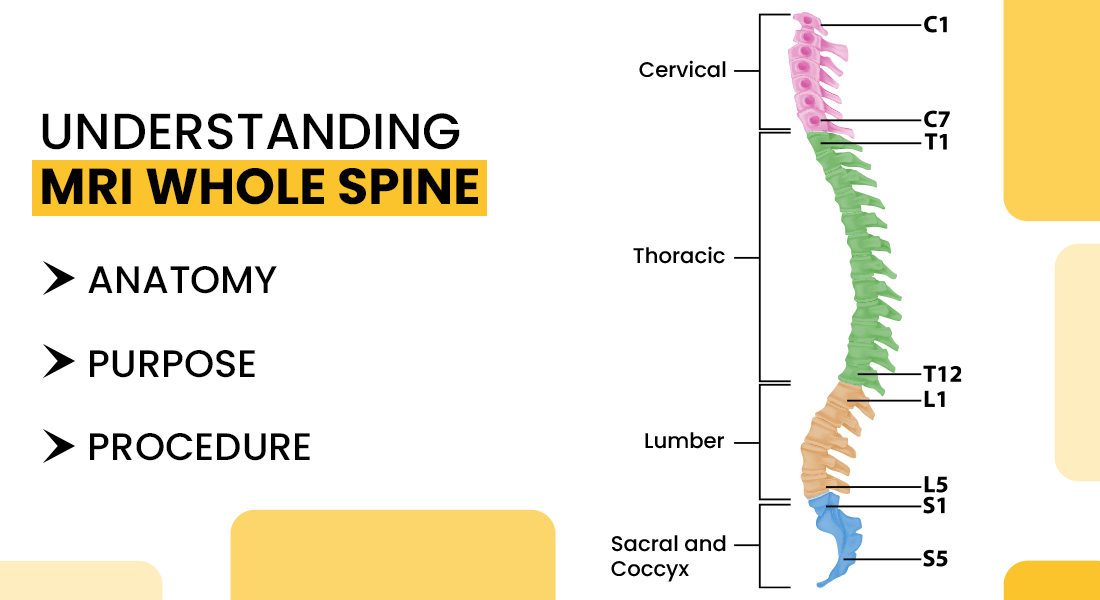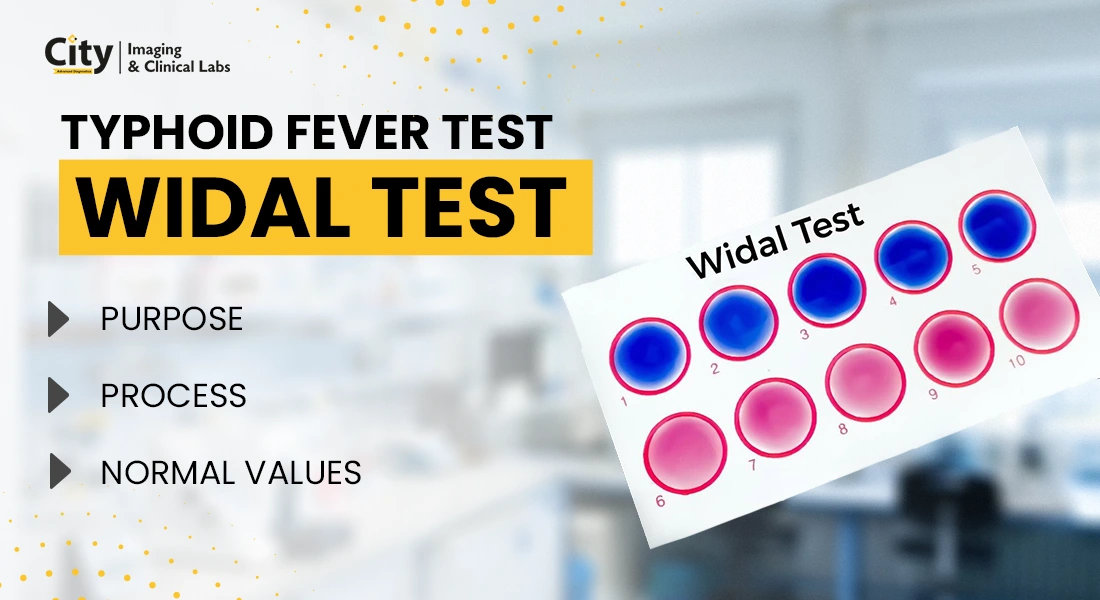Malaria Parasite Slide Test - Purpose, Symptoms and Causes

What Is Malaria Parasite Mp Blood Test?
The MP blood test also known as the malaria parasite blood test, is a laboratory test for detecting the presence of malarial parasites. This is considered a very serious disease that is caused by parasites transmitted to humans through bites of the Anopheles mosquitoes.
The detection of the disease through a malaria parasite slide test helps in timely diagnosis and treatment for the patients. Ultimately, this helps prevent severe complications and control the spread of the disease. Let us see more about the complications and control of the spread of the disease seamlessly.
What Is the Malaria Parasite Test?
In this test a slide is prepared from the blood sample and stained with certain dyes; it is then inspected under a microscope. Thick and thin smears are prepared for the purpose. It can identify species of malaria pesticide and load
This method is cost-effective & a gold standard test to confirm the presence of malaria infection. Please note that slide tests are especially useful for those areas where the advanced diagnostic methods are not available.
Malaria Blood Tests and Their Nomenclature
The most common malaria blood test names include the following: peripheral blood smear for MP (MP Test), and RDT (Rapid Diagnostic Test for Malaria). The RDT tests are also used to diagnose malaria antigens in the blood to give faster results. Each of these tests is especially useful for detecting the malaria parasite in your body.
Understanding the Cause of Malaria
The cause of Malaria is the Plasmodium parasite, which is known to enter the human bloodstream when female Anopheles mosquitoes bite.
Of all the species, Malaria is caused mainly by Plasmodium falciparum, which is known for the most fatal and severe type. Once inside your body, the parasites are known to target the liver, where they multiply before infecting the red blood cells. Ultimately, it leads to characteristic symptoms of the disease.
Signs and Symptoms of Malaria
The sign and symptoms of Malaria are known to typically appear just 7-15 days after being bitten by an infected mosquito. Common symptoms that might appear are as follows:
- High fever
- Chills (that appear periodically at a specific time of the night in some cases)
- Nausea
- Vomiting
- Muscle pain and feeling tired
When the disease becomes especially severe, there are some symptoms like:
- Anaemia
- Respiratory distress
- Seizures
- Organ failure
Early detection of the parasites through blood tests helps in preventing the disease from becoming serious. Therefore, managing these symptoms effectively ensures avoiding life-threatening complications.
Role of Mp Blood Test in Diagnosis
The MP blood test plays a crucial role in confirming the diagnosis of Malaria. It helps the patient to differentiate between Malaria and other illnesses with similar symptoms. The test can detect the presence, type, and quantity of malaria parasites present inside the human bloodstream.
The accurate identification of the parasite species helps healthcare providers in choosing the correct antimalarial treatment.
How Is the Malaria Parasite Test Performed?
The usual site from where the blood is collected is usually from the veins, and then they are smeared in the slide that is stained with a special dye like the Giesma. The doctors / trained experts are then known to examine the blood under a microscope to get accurate results.
The experts especially looks for the distinctive appearance of malarial parasites within the patient's RBC. The presence of ring forms, schizonts, and gametocytes inside the smear confirms malarial infection. This method is known to provide complete information about the parasite load (volume or quantity) and stage of infection.
Treatment and Prevention of Malaria
Once Malaria is confirmed in the patient's blood, doctors and physicians start taking antimalarial medications. The choice of drug, however, is dependent on the species of Plasmodium, the severity, and the spread of the infection inside the body.
Common choices of medications that a doctor may consult include chloroquine, artemisinin-based combination therapies (ACTS), and quinine. Preventive measures include the usage of insecticide treatments inside the room, the use of mosquito nets, indoor sprays, and prophylactic antimalarial medicines.
Travellers going towards the tropical regions must carry insect repellents for their skin (topical) application. Public health initiatives and focusing on ways to prevent mosquito larvae from growing are other solutions for preventing the disease.
Final Takeaways
The blood test and peripheral smear study using a slide are essential tests that help in the evaluation of the disease. Correct identification of pacasite species and load can help in proper treatment.
Apart from that, understanding aspects like how to prevent mosquito bites and the growth of their population helps contain the disease. Awareness about the sign & symptoms and complications is also important for timely management & prevention of facatalities.
DISCLAIMER: THIS WEBSITE DOES NOT PROVIDE MEDICAL ADVICE. The information including text, graphics, images, and other material contained on this website is for informational purposes only. No material on this site is intended to be a substitute for professional medical advice, diagnosis, or treatment. Contact a health expert if you have questions about your health.






_Test_1100x600.webp)


Comments List